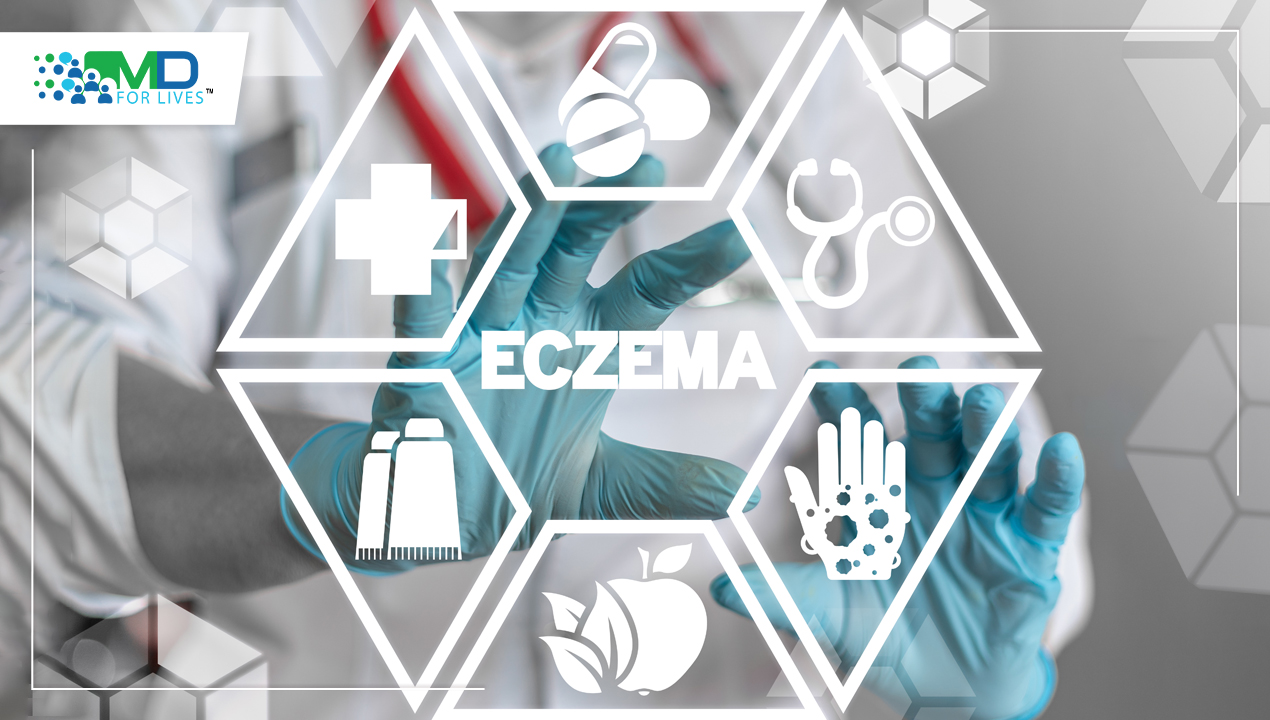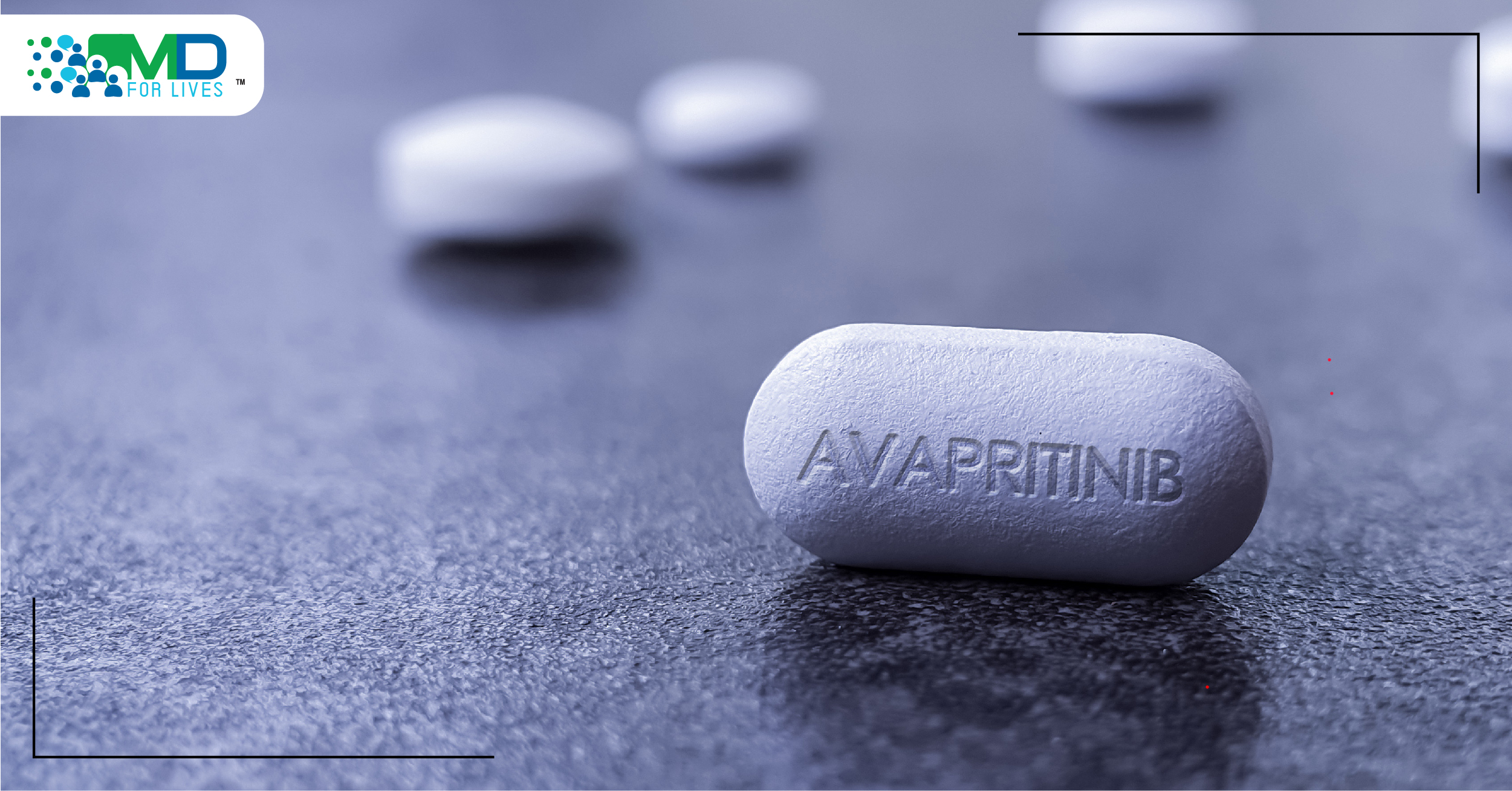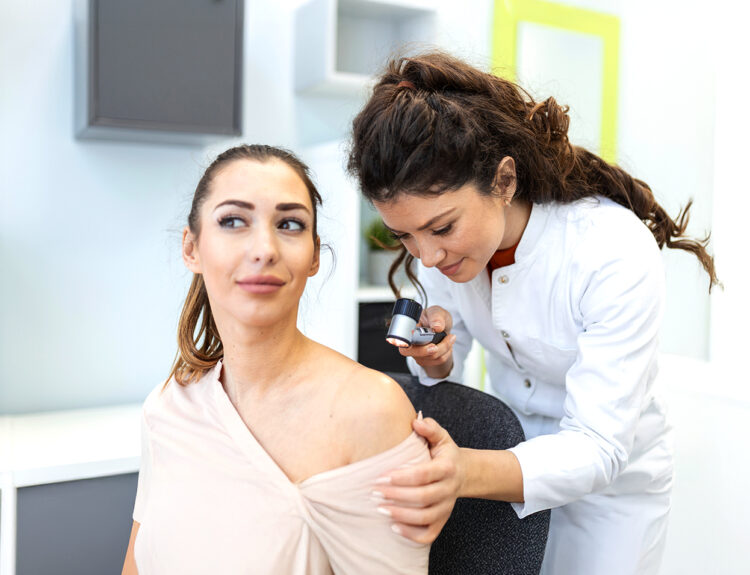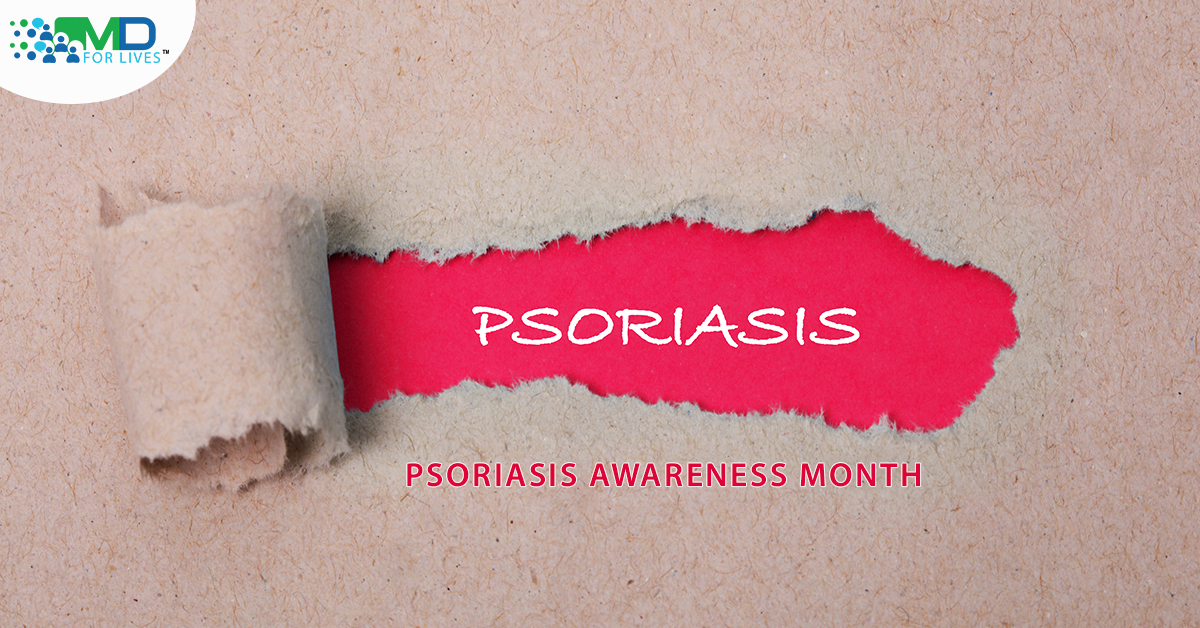Patients with moderate to severe atopic dermatitis well known as eczema who took part in a clinical trial of Rocatinlimab – a novel, patient-tailored monoclonal antibody therapy – showed promising results both while taking the drug and up to 20 weeks after it was stopped, according to Mount Sinai researchers who published their findings in The Lancet. According to the researchers, the findings suggest that Rocatinlimab could modify the genetic composition of a person’s atopic dermatitis in the long run, potentially helping to preserve long-term improvements without continuing treatment. Rocatinlimab inhibits OX40, an immunological molecule involved in the activation of inflammatory cells, which is important in the development of atopic dermatitis and other inflammatory illnesses.
Read more – Atopic Dermatitis Trials
About Atopic Dermatitis: –
Eczema (atopic dermatitis) is a skin ailment that produces dry, itchy, and irritated skin. It is most frequent in young children and is more frequent in persons with a family history of the disorder, but it can happen at any age. Atopic dermatitis is a chronic disorder that occasionally flares up. It is annoying, but it is not contagious. The primary symptom is a rash, which usually develops on the arms and behind the knees but can come anywhere. Avoiding soap and other irritants is generally the part of the treatment. Certain lotions or ointments may also give itching relief. Between 15% to 20% of children and 2% to 3% of adults suffer from the chronic, recurring inflammatory skin illness known as atopic dermatitis (AD). Cases with a childhood onset and adult disease persistence (10%-30%) are more likely to have a history of atopy. However, there may be no such link when AD first manifests in adults, and the diagnosis is typically more difficult. Irritating substances such as soaps and detergents, such as shampoo, washing-up solutions, and bubble bath, are common triggers. Environmental allergies include things like cold and dry weather, wetness, and more specific items like home dust mites, pet hair, pollen, and moulds. There is no treatment, however many children’s symptoms improve spontaneously as they get older.
Prevalence of Eczema: –
- Eczema affects around 31.6 million individuals in the United States.
- Atopic Dermatitis affects 15-20% of youngsters worldwide.
- 15% of children in the United States.
- Affects 1-3% of individuals worldwide.
- Affects 7.3% of individuals in the United States.
Atopic Dermatitis Diagnosis: –
Atopic dermatitis is a chronic condition. One can manage it by taking care of it, avoiding triggers, and maintaining well-hydrated skin. Around age 5 to 6, the illness usually starts to improve in kids, but flare-ups are common. Adults typically have a persistent or recurring issue. The doctor will probably ask questions about the symptoms, look at the skin, and go over entire medical history to identify atopic dermatitis. To diagnose allergies and rule out other skin conditions, testing may be required. Inquire with the healthcare practitioner about possible food allergies if you believe a certain food may have contributed to your child’s rash. Patch testing: The doctor could advise to test a patch on one’s skin. Small quantities of various chemicals are put to the skin during this test and are then covered. The doctor examines the skin for indicators of a reaction during subsequent visits over the course of a few days. Patch testing can be used to identify the precise allergens that are causing your dermatitis.
Atopic Dermatitis Treatment: –
The major therapies for atopic eczema are emollients (moisturisers) – used on a daily basis to keep the skin from drying out. Topical corticosteroids are creams and ointments that are applied to the skin to minimise swelling and redness during flare-ups. The treatment of Alzheimer’s disease may include a combination of nonpharmacologic and pharmacologic therapies.
- Non-pharmacologic skin moisturisers should be used after bathing.
While bathing use non-soap cleansers sparingly (should be low-pH, hypoallergenic, fragrance free), Wet-wrap treatment.
- Pharmacologic (under guidance of a medical practitioner) (under direction of a medical provider), Topical corticosteroids (if failure to respond to non-pharmacologic management), Topical calcineurin inhibitors, Topical antibacterial medications and antihistamines are not commonly suggested for treatment. Immunomodulating drugs administered systemically. Phototherapy may also be prescribed by healthcare providers.
Research: –
According to Emma Guttman, MD, PhD, Waldman Professor and System Chair, The Kimberly and Eric J. Waldman Department of Dermatology; Director, Center of Excellence in Eczema; and Director, Atopic dermatitis is a severe chronic inflammatory skin condition that affects 1 in 10 Americans and millions of individuals worldwide, according to the Laboratory of Inflammatory Skin Diseases at the Icahn School of Medicine at Mount Sinai. It frequently develops at an early age, causing the skin to become inflamed, red, exceedingly itchy, uncomfortable, and very dry – all of which have a negative impact on a patient’s quality of life. They are highly hopeful about the trial’s outcomes and the possibility of disease modification and long-term impacts to enhance patients’ quality of life.
In this phase 2b multicentre, double-blind, placebo-controlled study, 274 patients were recruited and randomly assigned (Rocatinlimab: n=217; placebo: n=57) to subcutaneous placebo up to week 18, with active therapy extended for another 18 weeks and 20 weeks of follow-up. This experiment was place at 65 locations across the United States, Canada, Japan, and Germany. At week 16, the main objective was calculated as the percentage change from baseline in the Eczema Area and Severity Index (EASI) score. All active Rocatinlimab dosages (-48% to -61%) achieved significance vs placebo (-15%). After week 16, all active dosage groups kept getting better, and most patients kept their response for at least 20 weeks after stopping their medication.
Result: –
The data show that Rocatinlimab is efficacious and safe as a treatment for mild to moderate atopic dermatitis, with the potential for long-term efficacy and disease modification. The recorded adverse effects of Rocatinlimab were substantially comparable between groups. Fever, chills, headaches, aphthous ulcers (canker sores), and nausea were common adverse effects throughout the double-blind phase.
All the subjects had been receiving therapy for at least 18 weeks at the time of week 36, said Dr. Guttman, the study’s principal author. By this time, they noticed that the medicine not only accomplished the primary endpoints in all dosage’s vs the placebo, but it’s also a therapy that improves with time gradually, which is truly rare and unique among currently available treatment choices, said the study’s lead author.
According to the experts, this investigation will be pursued in a phase 3 programme in 2023. Future research will also examine combination treatment and have a bigger study population with a longer follow-up (such as Rocatinlimab plus topical corticosteroids). ClinicalTrials.gov records the trial (NCT03703102).

MDForLives is a vibrant community of healthcare professionals and patients dedicated to shaping the future of healthcare. We provide valuable global insights to healthcare companies through online surveys, interviews, and discussion forums.






